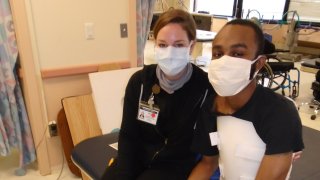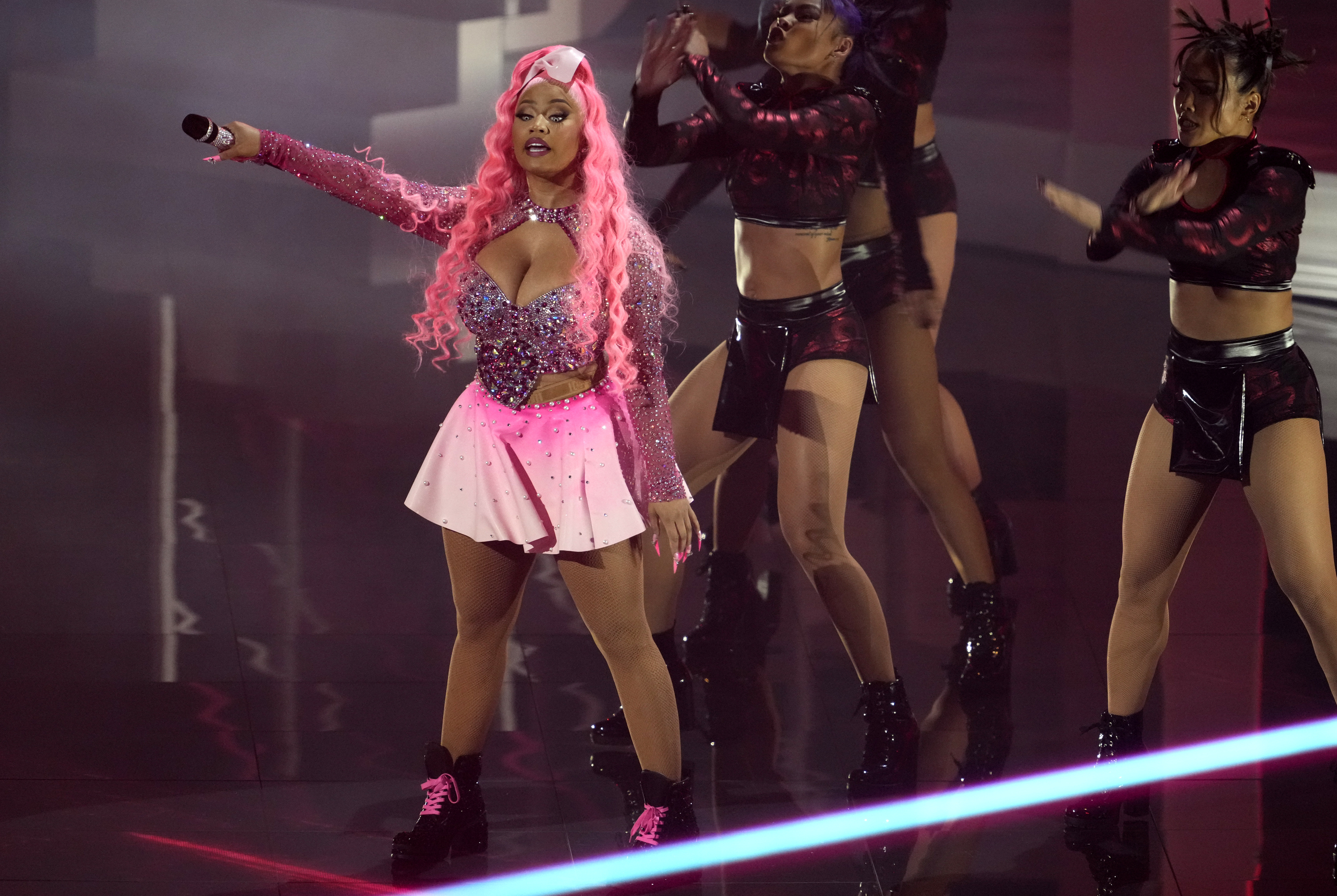
On March 7, Joshua Love became a part of Chicago’s other pandemic. The 21-year old was shot, the single bullet severing his spinal cord.
Long before the word coronavirus became a part of our lives, another public health crisis played out in Chicago on an almost daily basis: people being shot.
That crisis has not abated.
Love is now a patient at Schwab Rehabilitation Center on Chicago’s West Side.
“I can’t walk. I don’t know how long that’s going to last for,” he said during a video call after finishing his morning regimen.
“He sustained a violently acquired spinal cord injury,” said Dr. Michelle Gittler, who serves as chief medical officer for post-acute care at Schwab.
A single bullet can cause havoc inside a body.
Local
“What happens when a missile pierces your body is like old-fashioned pinball, the missile bounces around and bounces around,” Gittler said during an interview standing outside the Rehab Center.
With his spinal cord now severed, Love is part of what he and Dr. Gittler see as Chicago’s other pandemic: gun violence.
After substantial annual decreases, this year has seen a 23% jump in shootings in Chicago over the same period last year, according to police data.
We first met Michelle Gittler in 1994 and watched as gunshot victims, like Ricky Salinas, fought to return to some form of normal life. Salinas was shot during a gang dispute.
Day after day he worked tirelessly and optimistically with rehabilitation specialists to try and walk again. He never did.
More than two decades later, Love finds himself in the same place with the same set of challenges.
Still times are different and today one crisis blends into another.
In Chicago 68% of deaths from the coronavirus have been people of color.
“The same is true, of course, with interpersonal firearm violence in Chicago,” said Gittler. “We shy away from the conversation. We either pretend it's not a conversation that needs to occur. You know it's their fault. All they need to do is stop shooting.”
Love never thought he would be shot, much less paralyzed.
“Never in my life,” he said. He had moved from Englewood to Hyde Park to escape the violence, he said.
And now?
“I’m staying positive and optimistic on getting all the therapy I can get to get back on my feet.”
While therapy will help in Love’s case, what Gittler argues is needed is a consistent plan -- and real conversation -- to combat the continued shooting.
“I mean, we're talking about a vaccine for COVID-19, right. Well, with firearm violence,” she noted, “33,000 and 40,000 firearm deaths [occur] annually. Most of them are suicides. You don't hear people talking about that.”
While one public health crisis has captured the attention of a startled nation, another long-term emergency in Chicago continues victim, after victim, after victim.
“We are incapable, as a society, as a community, to discuss this as a public health crisis,” said Gittler. Asked if gun violence meets the criteria of a pandemic, her one-word answer tells a complete story: “absolutely.”



